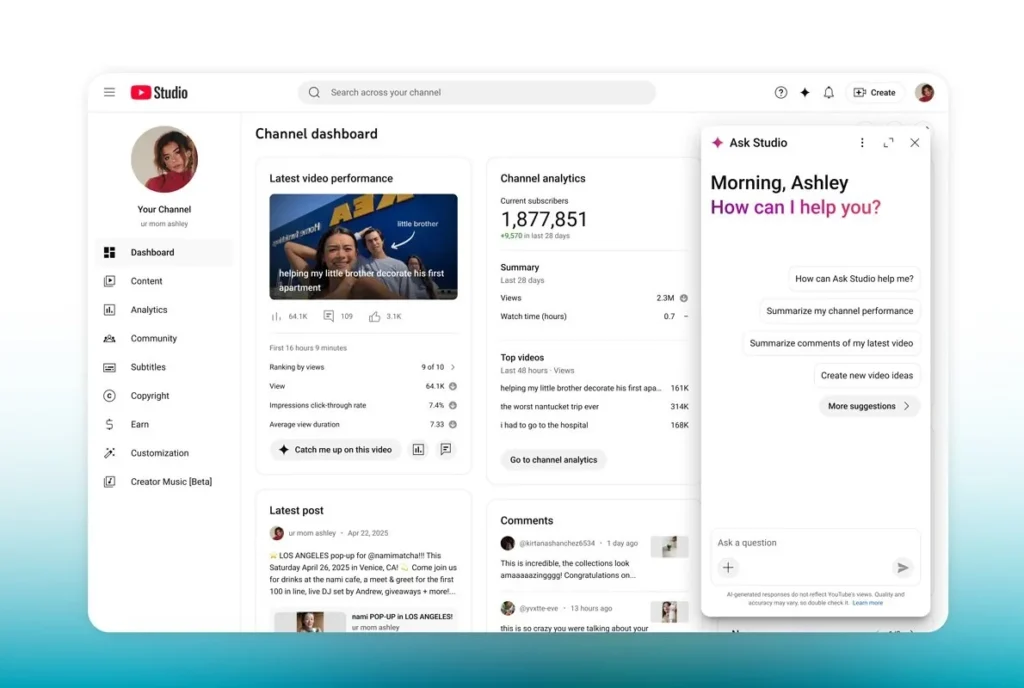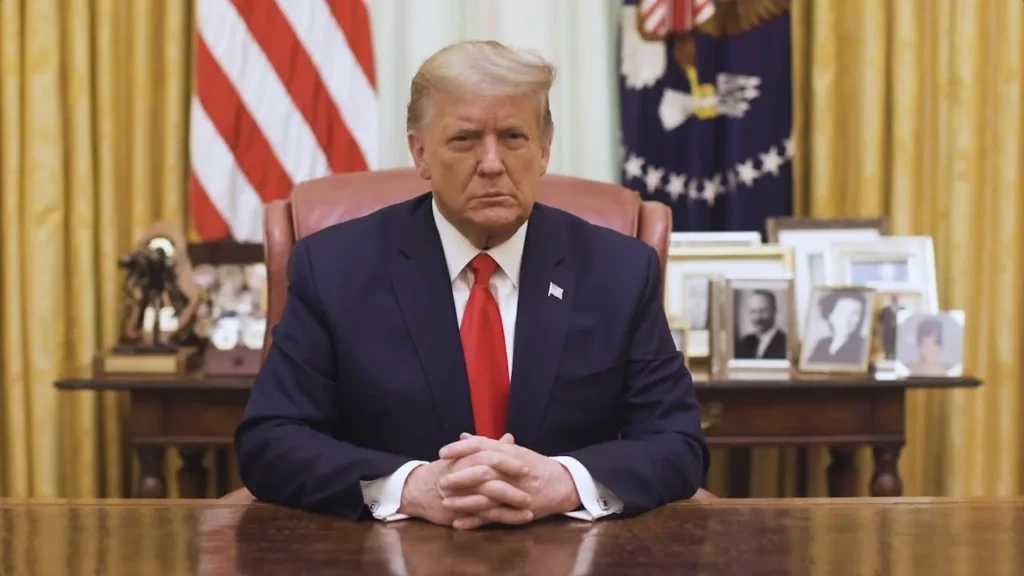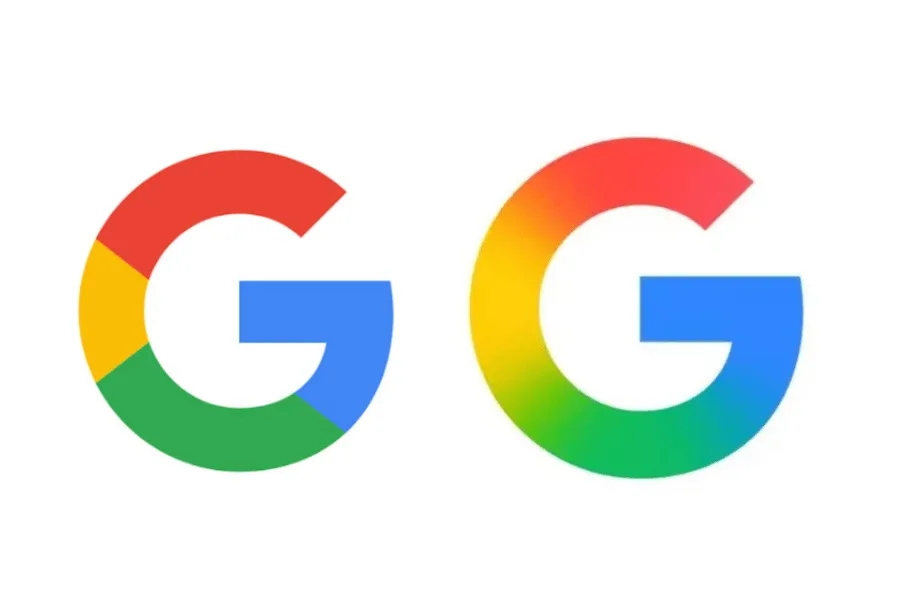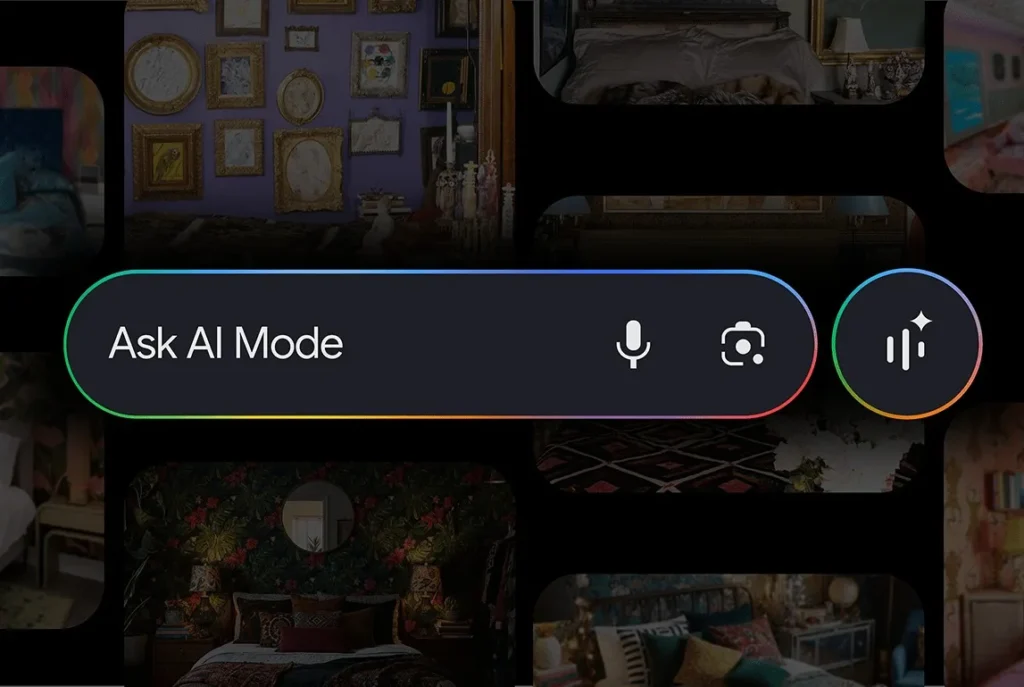YouTube launches Ask Studio and new AI tools to help creators optimize their videos
During its Made on YouTube 2025 event held in New York, YouTube unveiled a series of artificial intelligence tools designed to assist creators in their daily work.
Where previous AI functions focused on production (music, images, or video generation), these new features now target content strategy and optimization.
Ask Studio: The Next-Generation Analytical Assistant
YouTube introduces Ask Studio, a chatbot that acts as a true creative partner.
It answers analytical questions such as “How does my audience react to my latest video?” and “What are the most engaging moments?” It summarizes comments, synthesizes viewer sentiment, offers advice for improving sections where the audience loses interest, and can even suggest new video ideas or titles based on interactions with subscribers.
Current limitation: the tool does not yet allow comparison with competing channels.
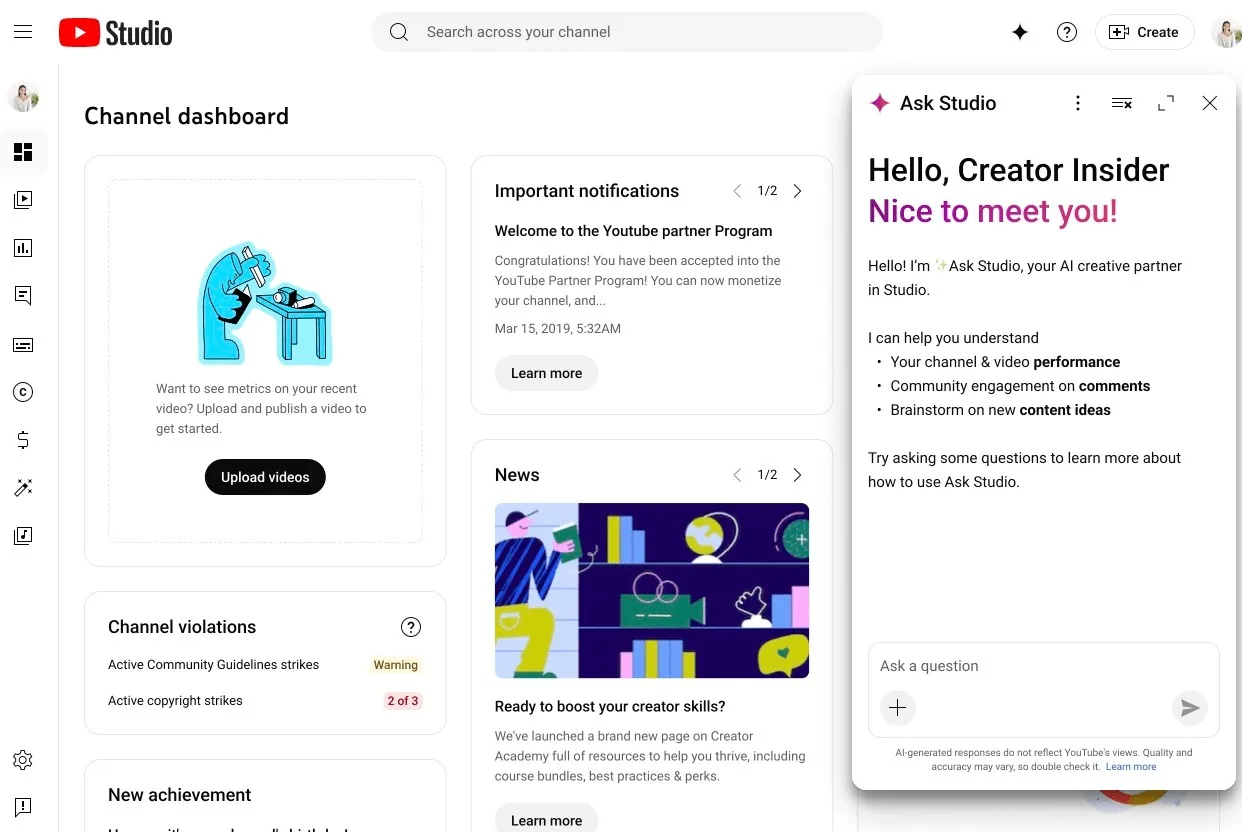
A/B Testing for Titles and Thumbnails
After testing A/B testing for thumbnails, YouTube is taking it a step further:
- Creators can pair titles and thumbnails and test different combinations.
- The algorithm automatically identifies the duo that generates the most watch time.
This is a crucial evolution, as influencer Ashley Alexander notes: “No matter the quality of a video, if the title and thumbnail don’t entice clicks, it will never be seen.”.
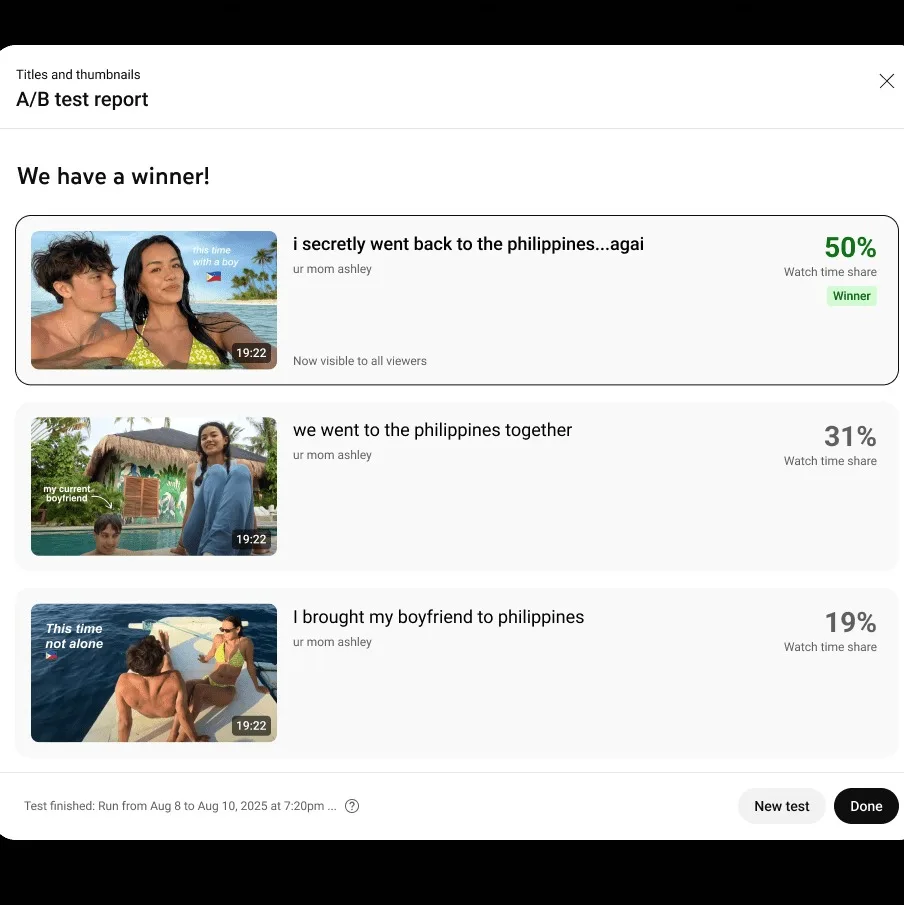
AI for Dubbing and Collaboration
YouTube is also enhancing its tools from the viewer’s side:
- The AI dubbing now synchronizes the creator’s lips with the translated language. Videos involved will have a badge indicating they are “AI dubbed.”
- Creators can invite multiple collaborators on a single video, each having access to performance statistics.
These tools represent a turning point: YouTube is becoming a direct player in creators’ strategies, whereas they previously relied on their own empirical tests.
For the platform, it’s a win-win situation: more optimized videos equal more watch time from viewers. However, one question remains: what happens to creative diversity if all creators use the same AI suggestions for the same optimizations?

